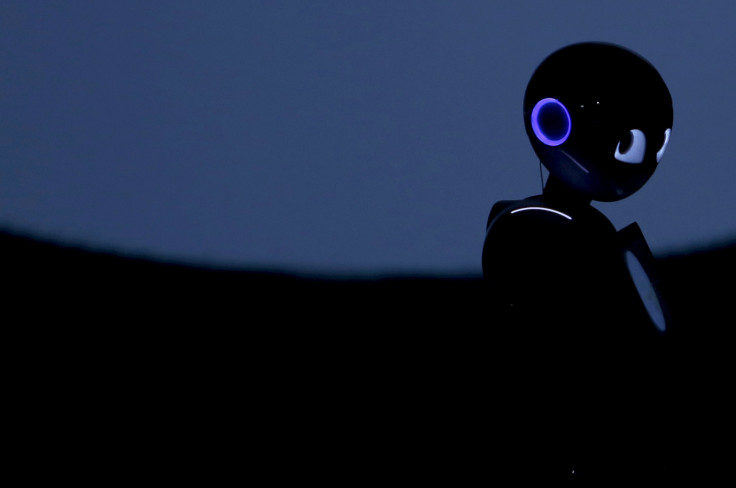Mass extinctions speed up evolution – especially in robots

Mass extinctions cause robots to evolve more quickly and efficiently, scientists have discovered. Using computer simulations, researchers from the University of Texas at Austin were looking at how mass destruction could aid in computational evolution, with their findings having wide implications for artificial intelligence.
Publishing their findings in the journal PLOS One, the scientists also say their findings support the idea that mass extinctions speed up evolution by allowing creativity in adaptations. Risto Miikkulainen and Joel Lehman said their computer simulations appear to show how these vents promote novel features and abilities in the surviving fauna and flora (or robots in this case).
Miikkulainen said: "Focused destruction can lead to surprising outcomes. Sometimes you have to develop something that seems objectively worse in order to develop the tools you need to get better."
The mass extinction event that wiped out the dinosaurs 66 million years ago gave rise to the mammals, as it opened up new niches that had previously been occupied – this expansion allowed the group to diversify and rise to dominance. Some evolutionary biologists say mass extinction events accelerate evolution because they promote lineages that are most evolvable (in that they quickly create useful abilities).
Studying this theory in robots, the computer scientists found this is indeed the case, in robots at least. For many years, researchers have used algorithms from evolution to train simulated robot brains to improve at a task over generations. In their latest study, the team looked at how a mass extinction would aid in computer evolution.
In their simulations, they connected neural networks to simulated robot legs to see if a robot that could walk smoothly and stably would be created. Random mutations were introduced through the process to better simulation real evolution. After hundreds of generations, a wide range of behaviours had evolved, many of which were not used for walking. They then killed off 90% of the robots.
Following several similar cycles, they found lineages that survived were the ones that were most evolvable, meaning they had the greatest chance of producing new and useful behaviours. They also found the simulations with mass extinctions led to better walking techniques than those without extinction events. "This is a good example of how evolution produces great things in indirect, meandering ways," Lehman said. "Even destruction can be leveraged for evolutionary creativity."
© Copyright IBTimes 2025. All rights reserved.






















